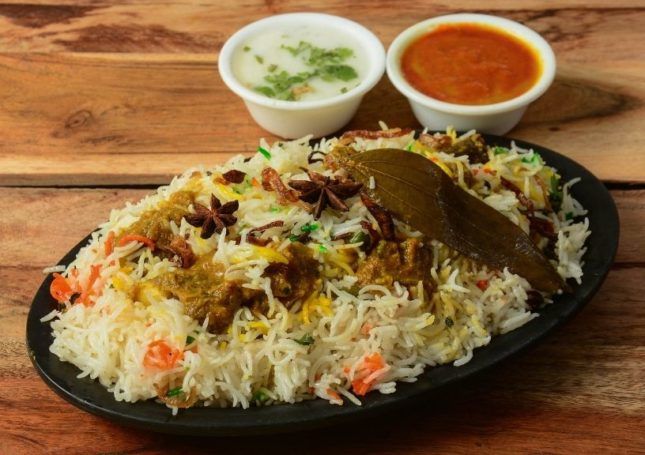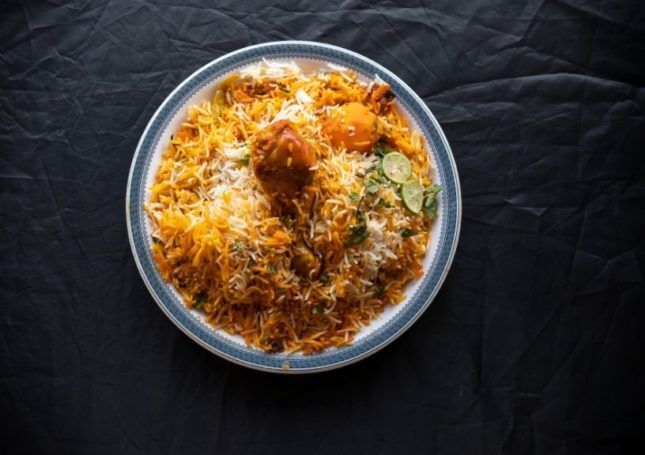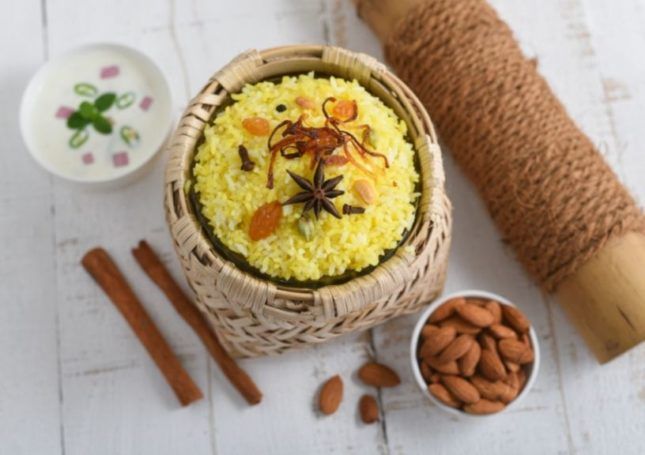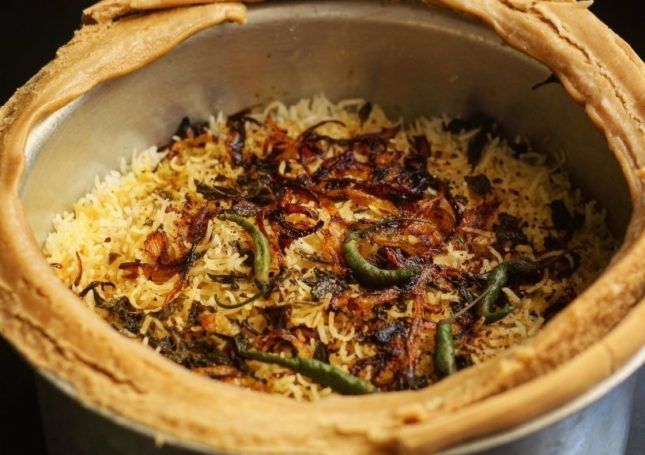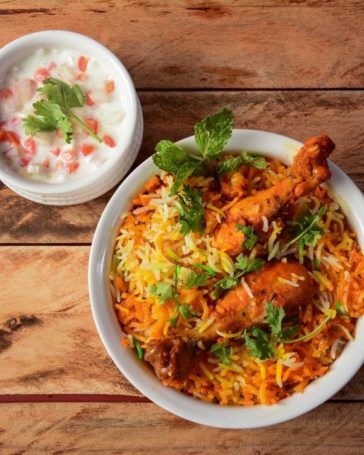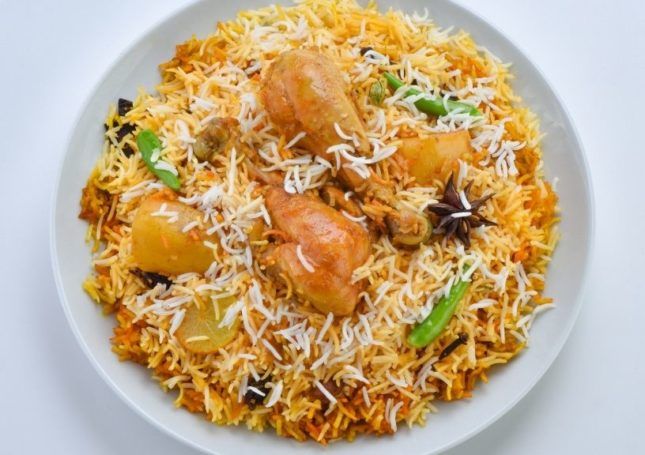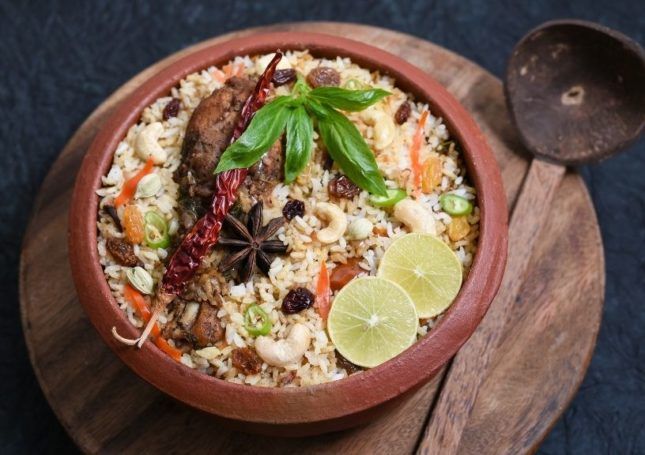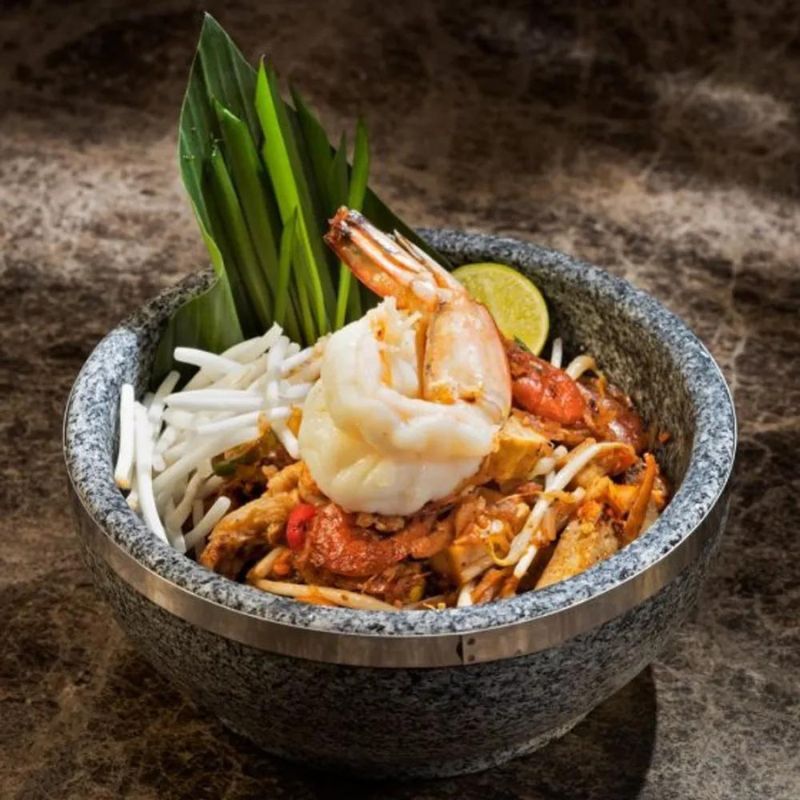
Here are 10 types of biryanis from across the Indian landscape that you need to try to best understand our diverse cultural heritage. By Naina Atri
Indian cultures can be best understood through food, and the biryani is one savoury delight that has been adopted by various regions. Traditionally, the rice and meat were first fried separately in ghee and then layered. The delicacy is slow-cooked using the dum pukht method. Over time, variations of the biryani evolved. We’ve compiled a list of 10 types of biryanis that cover the spectrum of India’s sundry flavour profile, with each type carrying a taste of a particular region’s food story.
10 types of biryanis you cannot afford to miss out on
One of the essentials of Kashmiri cuisine is yakhni, a thin yogurt based mutton broth or stock that serves as a base for many delicacies, including the Kashmiri biryani. The stock, though clear, is infused with aromatic spices, that are passed through a muslin cloth. Yakhni is traced back to a Persian origin but the use of the stock is often attributed specifically to the Mughal Emperor Akbar. Meat and rice are layered, and the addition of tomato and spices makes the biryani distinct from a yakhni pulao. Some also add asafoetida or fennel powder. It is often served with a side of raita and slices of lemon.
The spicy dum cooked Bombay biryani is typically made with chicken, basmati rice, fried or spiced potatoes, dried plums, onions, various herbs and spices and tomatoes. The Bombay version is not mildly fragrant like its kin, but instead, is packed with masaledar flavours. The addition of kewra jal, distilled from pandanus flowers, brings out the aromas of the rice dish.
Tehri is a vegetarian version of the rice dish, typical of the Awadhi cuisine, with potatoes as the central vegetable. The spices used are similar to that of the biryani. Moreover, like with the biryani, the vegetables are first partially cooked with the spiced before being put into the handi. However, unlike the former, the rice and vegetables are not layered. The yellow colouring of the rice makes it distinct.
Lucknowi biryani a.k.a Awadhi biryani, cooked dum-style, uses spices like anise, cinnamon, and saffron. Cooked for hours in a handi, the rice is mildly flavoured and is one of the most beloved biryanis. It’s recipe is often attributed to Mughal royalty and is meant to be delicate and subtle, yet impactful.
Popularly credited to Nawab Wajid Ali Shah, the Kolkata biryani is a twist on the Awadhi one, for it contains deep fried potatoes. What also sets it apart is the use of khoya, mustard oil and meetha attar.
We cannot continue on with this list without mention the famed Hyderabadi biryani. With its roots in the Nizam’s kitchens, its basic elements, along with rice, include goat meat, saffron, various spices and coriander. Though Mughlai influences cannot be denied, the Hyderabadi rendition is a lot more spicy and unlike many other types, the meat and rice are cooked together throughout the process.
Another deliciously spicy biryani is the Sindhi biryani, in which the masala is clearly the star of the show. Red and green chillies, and garam masala make the dish fiery and the rice is usually accompanied by sour, not sweet, yogurt. Unlike many north Indian versions, the Sindhi one typically does not involve the use of kewra.
The making of a Malabar biryani includes a paste made of green chiles, cinnamon, cloves, fennel, cardamom, and peppercorns. Varieties of the Kerala dish include mutton, chicken, prawn, and fish.
Ambur biryani comes from the southern Indian state of Tamil Nadu, specifically from the kitchens of the Nawabs of Arcot. It is cooked with both long and short grain rice, coconut milk and is served with eggplant. A local wedding menu is bound to feature this version of biryani.
Made with jeera samba rice, this type of biryani comes from Dindigul, a city in Tamil Nadu. Instead of large chunks of meat, Dindigul biryani uses tiny bite-sized meat pieces. With boiled egg added on top, the biryani is savoured both within and outside of Tamil Nadu.
Related: ITC Hotels Launched A Biryani & Pulao Collection Nationwide And We Got An Exclusive Preview

